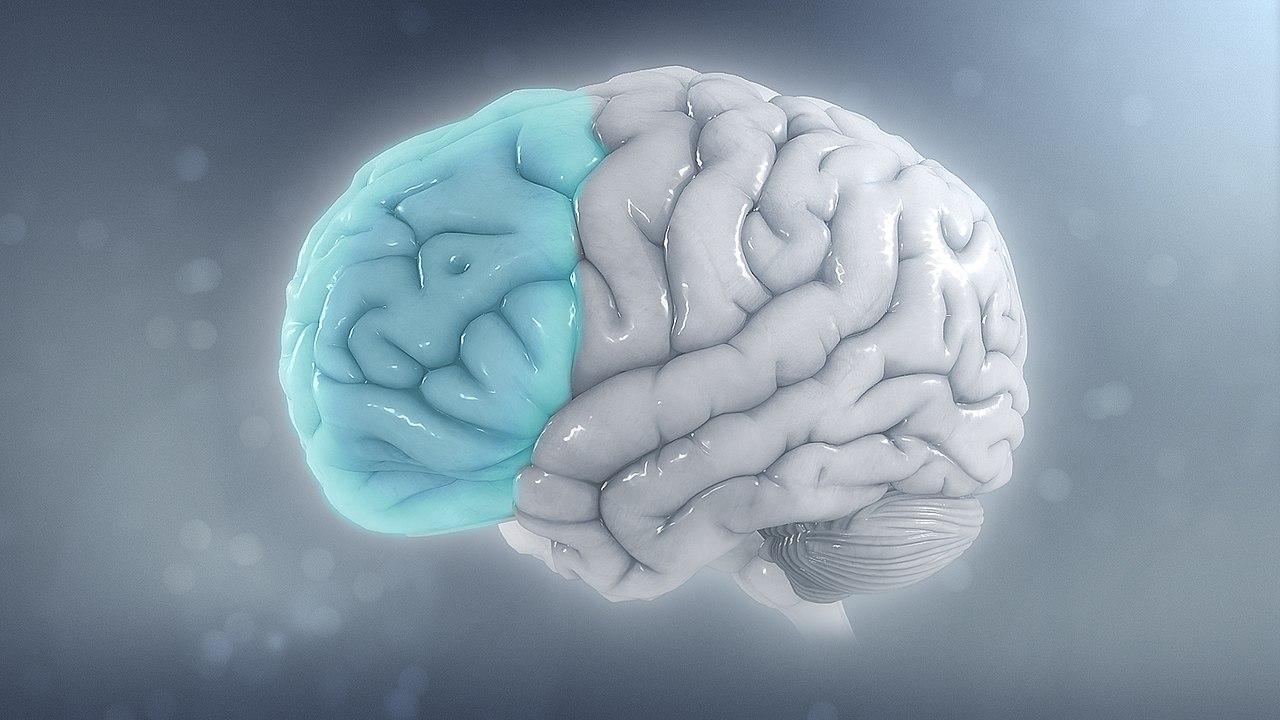Preface to the
Hypnosis, which is frequently depicted in popular culture as an enigmatic mode of mind control, has garnered acknowledgment within the medical domain for its efficacy in managing pain and controlling symptoms. In contrast to common misconceptions, hypnosis does not involve relinquishing control; on the contrary, it involves utilizing the influence of suggestion to modify perceptions and reactions. Hypnosis is being utilized more frequently in the healthcare industry to manage symptoms, relieve pain, and even facilitate psychological rehabilitation. This article examines the utilization of hypnosis as a method for managing pain and controlling symptoms, investigating its efficacy, various techniques employed, and potential advantages.
An Overview of Hypnosis
During hypnosis, a trance-like state of heightened suggestibility and concentrated attention is induced. Individuals under hypnosis, in contrast to conventional wisdom, remain fully conscious and in command of their behaviors; they merely become more receptive to suggestions. This condition enables professionals to assist patients in navigating therapeutic procedures that target a range of issues, such as pain management and symptoms related to medical ailments.
The Mechanism of Pain Management via Hypnosis is the second heading.
The subjective nature of pain perception is impacted by various psychological and emotional elements. Pain perception can be altered through hypnosis by modifying the manner in which the brain processes pain signals. Hypnosis, by means of directed attention and suggestion, possesses the capacity to diminish the magnitude of pain encountered by subjects, thereby serving as a beneficial supplement to conventional methods of pain management.
Subjects Suitable for Hypnotic Intervention
With the aid of hypnosis, a vast array of physical and psychological symptoms can be managed with efficacy. The aforementioned symptoms encompass a range of chronic pain conditions, including fibromyalgia, arthritis, and migraines; anxiety disorders, irritable bowel syndrome (IBS), and chemotherapy-induced nausea; and are even potential adverse effects of medical treatments.
Hypnotic Pain Management Techniques
Pain management hypnotic techniques vary, but frequently encompass the following: relaxation induction, modification of discomfort perceptions, and encouragement of positive imagery. Hypnotic suggestion, guided imagery, and progressive muscle relaxation are frequently utilized techniques. Moreover, the utilization of self-hypnosis techniques can provide patients with the ability to autonomously regulate their symptoms, thereby instilling in them a feeling of agency regarding their condition.
Clinical Evidence Supporting Hypnosis
Extensive research has established the effectiveness of hypnosis as a method for managing pain and controlling symptoms. Significant reductions in pain intensity and enhancements in quality of life have been observed in patients undergoing hypnosis for a variety of conditions, according to meta-analyses. Furthermore, empirical evidence suggests that hypnosis may serve as a supplementary modality to traditional therapies, potentially diminishing the necessity for analgesic drugs and mitigating undesirable consequences.
Integrating Hypnosis into Clinical Practice
Although hypnosis has demonstrated numerous advantages, its incorporation into conventional healthcare has been gradual. Nevertheless, a growing proportion of medical professionals are acknowledging its significance and integrating it into interdisciplinary therapeutic strategies. There are certification courses and training programs designed to instruct clinicians on the application of hypnosis in clinical settings, thereby encouraging its broader acceptance.
Patient Empowerment and Holistic Healing is the heading.
An important benefit of hypnosis in the context of symptom control and pain management is its emphasis on holistic healing and patient empowerment. Hipponism fosters self-awareness, self-regulation, and resilience by actively involving individuals in their own therapeutic process. Moreover, it promotes a holistic approach to wellness by attending to the emotional and psychological dimensions of illness in addition to its physical manifestations.
To conclude,
As a result, hypnosis serves as a beneficial adjunctive therapy in the healthcare industry for pain management and symptom control. With the capacity to alter perceptions, stimulate relaxation, and encourage constructive transformation, it becomes a multifunctional instrument when utilized by proficient practitioners. With the ongoing investigation into its mechanisms and efficacy, hypnosis is positioned to assume a more significant position in integrative medicine, providing individuals afflicted with various health issues with solace and empowerment.
